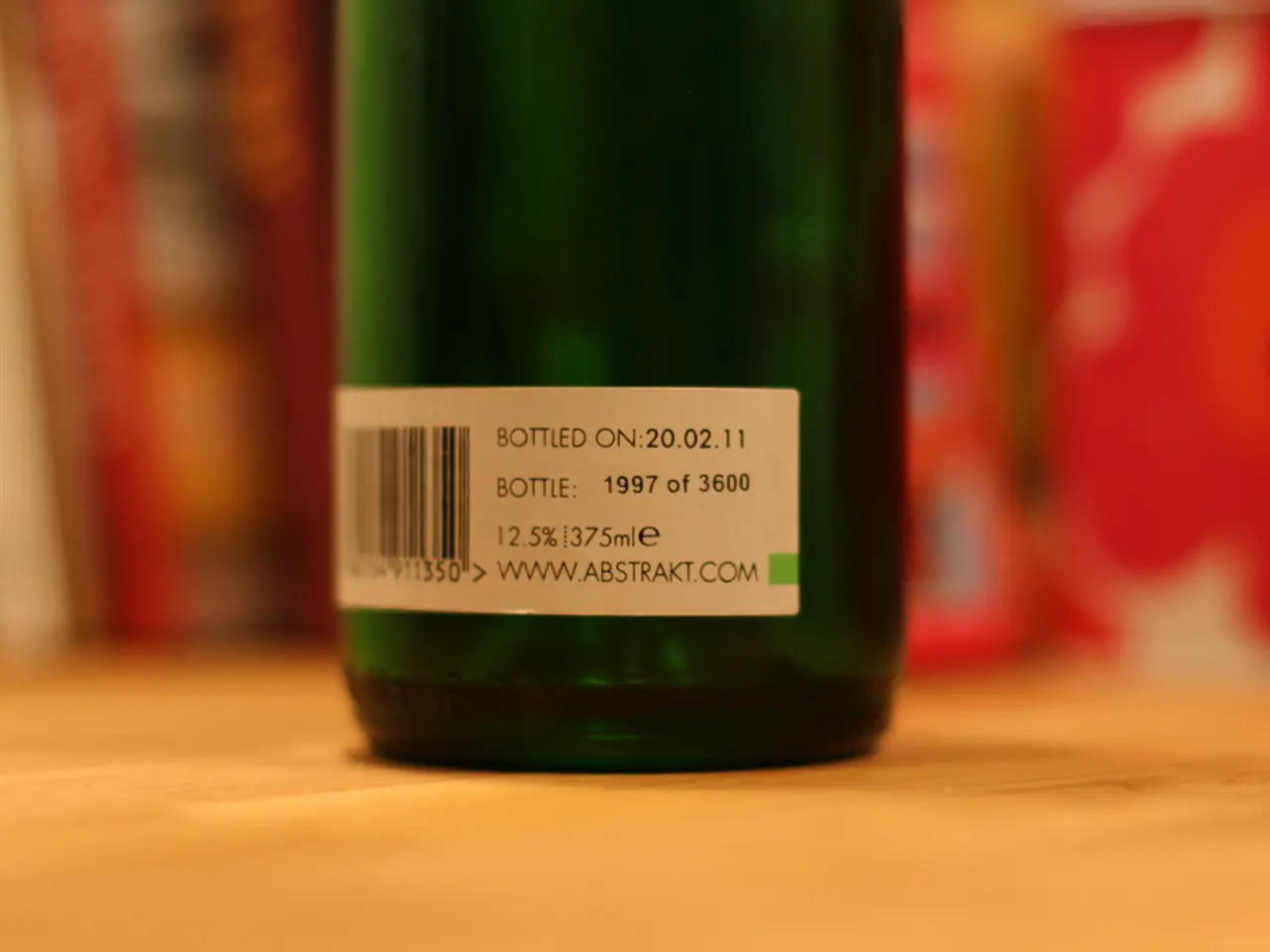Bochum Researchers Unveil Styroloxid-Isomerase Enzyme's Mechanism
A team of researchers, led by Prof. Dr. Dirk Tischler at Ruhr University Bochum, has made a significant discovery. They've uncovered how the Styroloxid-Isomerase enzyme works, opening up potential industrial applications and high-quality product production.
The enzyme's mechanism involves the amino acid tyrosine and the Meinwald rearrangement. It selectively produces phenylacetaldehyde using this process. Remarkably, the Styroloxid-Isomerase can transform toxic compounds into valuable ones, demonstrating its multifunctionality.
The enzyme's architecture is strict, containing an iron-containing heme and two specific amino acids. Tyrosine plays a crucial role in the enzyme's reaction and substrate rearrangement. The researchers, including Dr. Dirk Tischler and PhD student Selvapravin Kumaran, plan to continue exploring the enzyme's potential uses, with contributions from young talents like Irem Erpay from Istanbul Technical University. They aim to investigate various reactions beyond producing phenylacetaldehyde, with an eye on industrial applications.
The Styroloxid-Isomerase enzyme, with its unique mechanism and architecture, holds promise for detoxifying hydrogen peroxide and producing valuable compounds like phenylacetaldehyde from styrene. Further research by the team led by Dr. Dirk Tischler will explore its multifunctionality, potentially leading to innovative industrial uses.




